

- RFQ
- BOM
-
Contact Us
Tel: +86-0755-83501315
Email: sales@sic-components.com
- Chinese
- English
- French
- German
- Portuguese
- Spanish
- Russian
- Japanese
- Korean
- Arabic
- Irish
- Greek
- Turkish
- Italian
- Danish
- Romanian
- Indonesian
- Czech
- Afrikaans
- Swedish
- Polish
- Basque
- Catalan
- Esperanto
- Hindi
- Lao
- Albanian
- Amharic
- Armenian
- Azerbaijani
- Belarusian
- Bengali
- Bosnian
- Bulgarian
- Cebuano
- Chichewa
- Corsican
- Croatian
- Dutch
- Estonian
- Filipino
- Finnish
- Frisian
- Galician
- Georgian
- Gujarati
- Haitian
- Hausa
- Hawaiian
- Hebrew
- Hmong
- Hungarian
- Icelandic
- Igbo
- Javanese
- Kannada
- Kazakh
- Khmer
- Kurdish
- Kyrgyz
- Latin
- Latvian
- Lithuanian
- Luxembou..
- Macedonian
- Malagasy
- Malay
- Malayalam
- Maltese
- Maori
- Marathi
- Mongolian
- Burmese
- Nepali
- Norwegian
- Pashto
- Persian
- Punjabi
- Serbian
- Sesotho
- Sinhala
- Slovak
- Slovenian
- Somali
- Samoan
- Scots Gaelic
- Shona
- Sindhi
- Sundanese
- Swahili
- Tajik
- Tamil
- Telugu
- Thai
- Ukrainian
- Urdu
- Uzbek
- Vietnamese
- Welsh
- Xhosa
- Yiddish
- Yoruba
- Zulu
- Kinyarwanda
- Tatar
- Oriya
- Turkmen
- Uyghur
Microprocessor: Definition, Functions, Types, Characteristics, Parts
1. Definition and Evolution
A microprocessor is the heart of modern computing systems, often referred to as the "brain" of a computer. It is a highly integrated semiconductor device that condenses the functions of a central processing unit (CPU) onto one or a few interconnected chips. Advanced semiconductor fabrication techniques allow millions to billions of transistors and other essential components to be packed onto a tiny silicon substrate, enabling it to execute instructions, manage data flow, and control digital devices.
The evolution of microprocessors parallels that of electronic computers. The miniaturization of integrated semiconductor circuits in the 1960s made modern microprocessors possible. After 1970, the development of large-scale, very-large-scale, and ultra-large-scale integration techniques reduced circuit size and enabled more complex circuitry. This led to the widespread use of microprocessors in electronic equipment and their acceptance in offices and homes. In manufacturing, they were first used to control machine tools and later revolutionized assembly-line techniques through robotic device control.
2. Components
2.1 Arithmetic Logic Unit (ALU)
The ALU performs arithmetic and logical operations on data. It takes input from registers, executes operations like addition, subtraction, AND, and OR, and outputs results back to registers for further processing.
2.2 Control Unit (CU)
The CU manages the flow of instructions and data within the microprocessor. It fetches instructions from memory, decodes them, and generates control signals to coordinate other components, ensuring smooth operation.
2.3 Registers
Registers are small, high-speed memory locations in the microprocessor that store data and instructions temporarily. Types include general-purpose registers, the program counter, and status registers.
2.4 Cache Memory
Cache memory is a high-speed buffer between the microprocessor and main memory. Multiple cache levels (L1, L2, L3) work together to reduce memory access latency and enhance performance.
2.5 Buses
Buses serve as communication pathways within the microprocessor and between it and other system components. The address bus specifies memory locations, the data bus transfers data, and the control bus carries system management signals.
3. How Microprocessors Work
Microprocessors use a repeated command cycle managed by the control unit with the help of the computer clock for synchronization. The CPU instruction cycle determines the number of times basic computing instructions are repeated based on the computer's processing power. The three basic instructions are:
Fetch: Retrieves data from memory.
Decode: Translates binary instructions into electrical signals.
Execute: Interprets and carries out a program's instructions.
Some users attempt to increase processing speed by overclocking, which involves adjusting the computer clock. However, this is potentially harmful and disapproved by manufacturers, similar to jailbreaking smartphones.
4. Functions
4.1 Instruction Execution Cycle
Fetch: Retrieves instructions from system memory.
Decode: Analyzes the instruction, identifying the opcode and operands.
Execute: Performs arithmetic or logical operations and manages data transfers.
Store: Stores the resulting data in a register or memory.
4.2 System Coordination
Microprocessors oversee interactions between system components, manage data flow, and handle interrupts from external devices to ensure efficient system operation.
5. Types
5.1 Complex Instruction Set Computer (CISC)
CISC microprocessors execute a complex set of instructions, allowing multiple operations per instruction. Intel's x86 family is an example, though it can have longer execution times due to complexity.
5.2 Reduced Instruction Set Computer (RISC)
RISC architectures focus on simpler instructions for faster execution, higher clock speeds, and better power efficiency. The ARM architecture, used in mobile devices, is a prime example.
5.3 Digital Signal Processor (DSP)
DSPs are specialized for processing digital signals in audio, video, and telecommunications. They have dedicated hardware for high-speed arithmetic operations.
5.4 Graphics Processing Unit (GPU)
Originally for graphics rendering, GPUs have evolved into powerful parallel processing units. They are now also used for general-purpose computing, especially in deep learning and data analytics.
5.5 Application-Specific Integrated Circuit (ASIC)
ASICs are custom-designed for specific applications, offering high performance and low power consumption but with high development costs.
6. Characteristics
High Processing Speed: Modern microprocessors operate at several GHz, executing billions of instructions per second.
Compact Size: Their small form factor enables integration into various devices.
Low Power Consumption: Designed for power efficiency, especially in mobile and embedded applications.
Programmability: Allows running different software on the same hardware.
High Reliability: Made with quality materials and robust designs, often with error-correcting mechanisms.
7. Advantages and Disadvantages
7.1 Advantages
Versatility: Suitable for a wide range of computing needs.
Cost-Effectiveness: Mass production has reduced costs.
Performance Improvement: Continuous advancements enhance processing power.
Miniaturization: Enabled the development of portable devices.
7.2 Disadvantages
Heat Generation: High-performance microprocessors require cooling solutions.
Limited Parallelism: Some architectures struggle with parallel processing.
Software Compatibility Issues: New technologies can cause problems with older software.
8. Applications
Personal Computing: Powers desktops, laptops, and tablets.
Mobile Devices: Used in smartphones and tablets for various functions.
Embedded Systems: Integral to automotive, home appliances, industrial sensors, and IoT devices.
Data Centers: Used in servers for cloud computing.
Gaming Consoles: Delivers graphics and gameplay experiences.
9. Manufacturers
Intel: Offers processors through four product lines, with Intel Core being high-end.
Advanced Micro Devices (AMD): Sells CPUs and APUs, with Ryzen™ targeted at the gaming market.
Arm: Leases processor designs and technologies; Apple uses Arm-based designs in Mac® CPUs.
10. Development Trends
Moore's Law and Beyond: New technologies are being explored as Moore's Law approaches its limits.
Integration of AI and Machine Learning: Optimization for AI workloads with built-in NPUs.
Edge Computing: Designing microprocessors for low-power edge devices.
Heterogeneous Computing: Combining different processing units for better performance and efficiency.
In conclusion, microprocessors are the cornerstone of modern digital technology. Their diverse nature, wide-ranging applications, and continuous evolution make them essential for driving innovation across industries. As technology advances, microprocessors will remain crucial in shaping the future of computing.
https://www.sic-components.com/integrated-circuits-ics/embedded

Hot Products
View MoreRelated Blogs

2000+
Daily average RFQ Volume

30,000,000
Standard Product Unit

2800+
Worldwide Manufacturers

15,000 m2
In-stock Warehouse



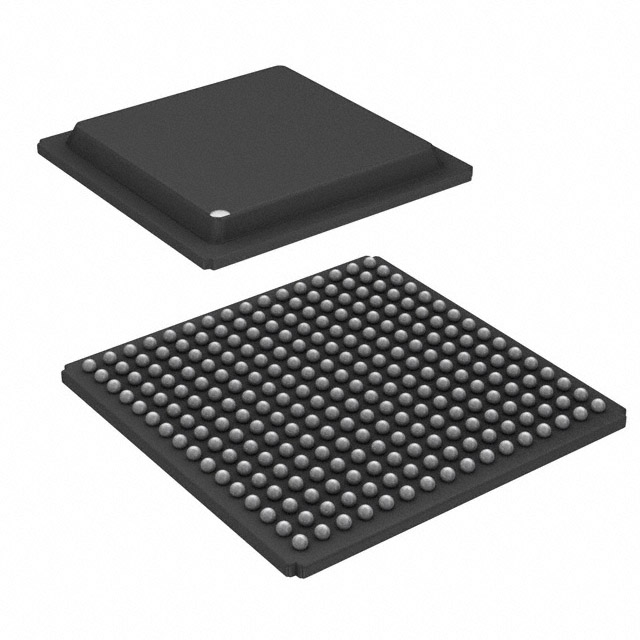

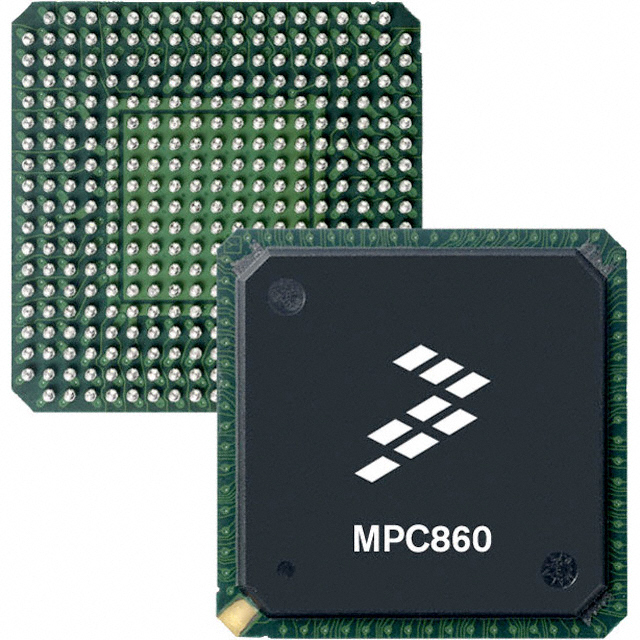
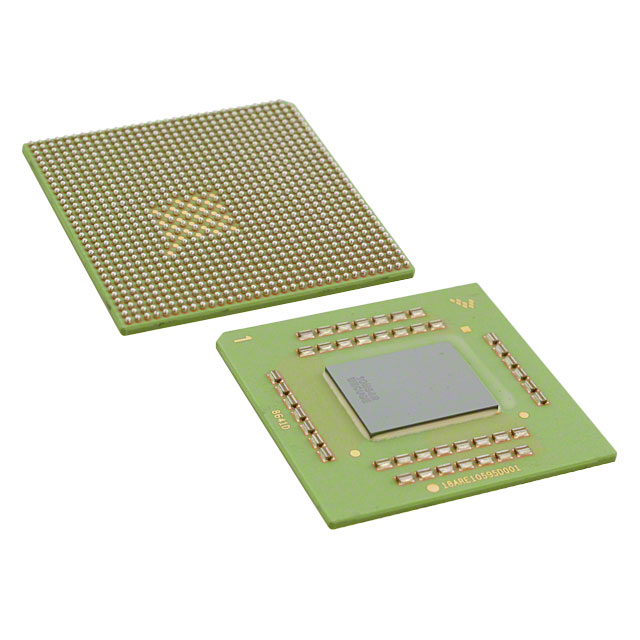
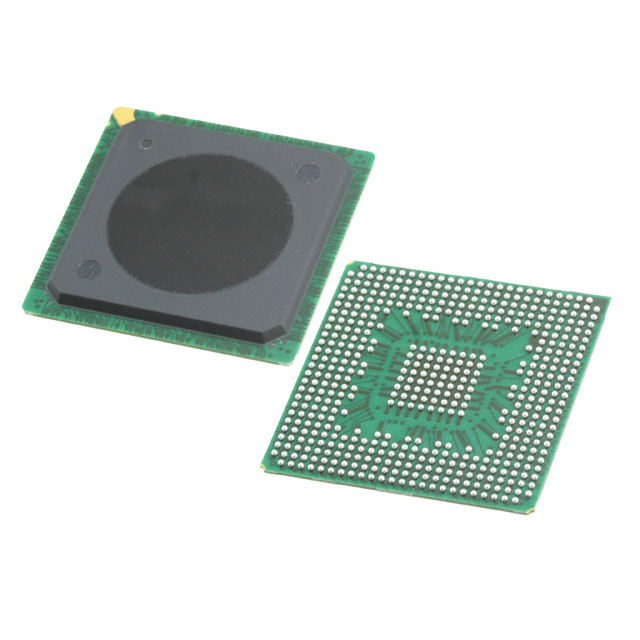
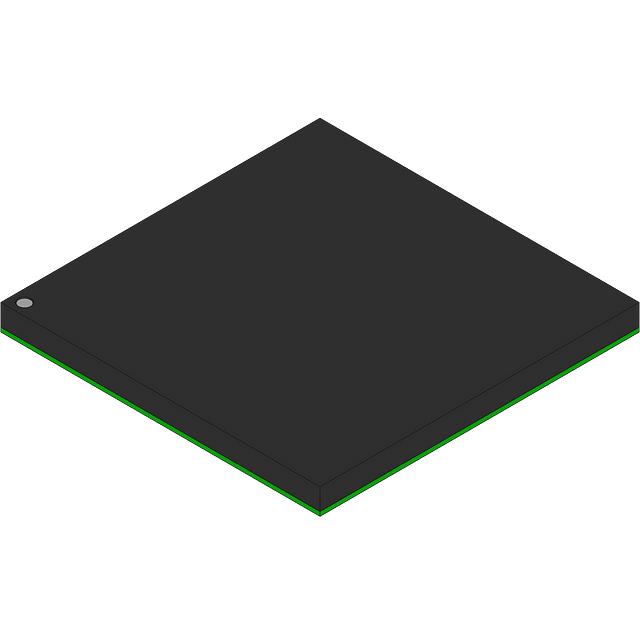
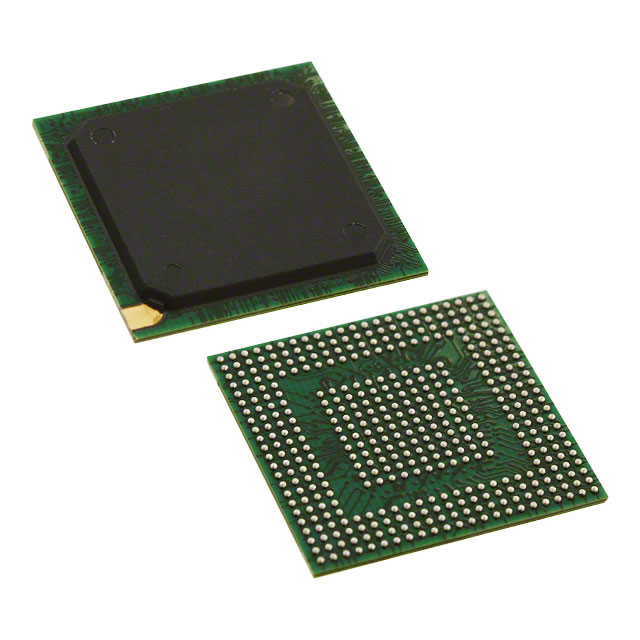
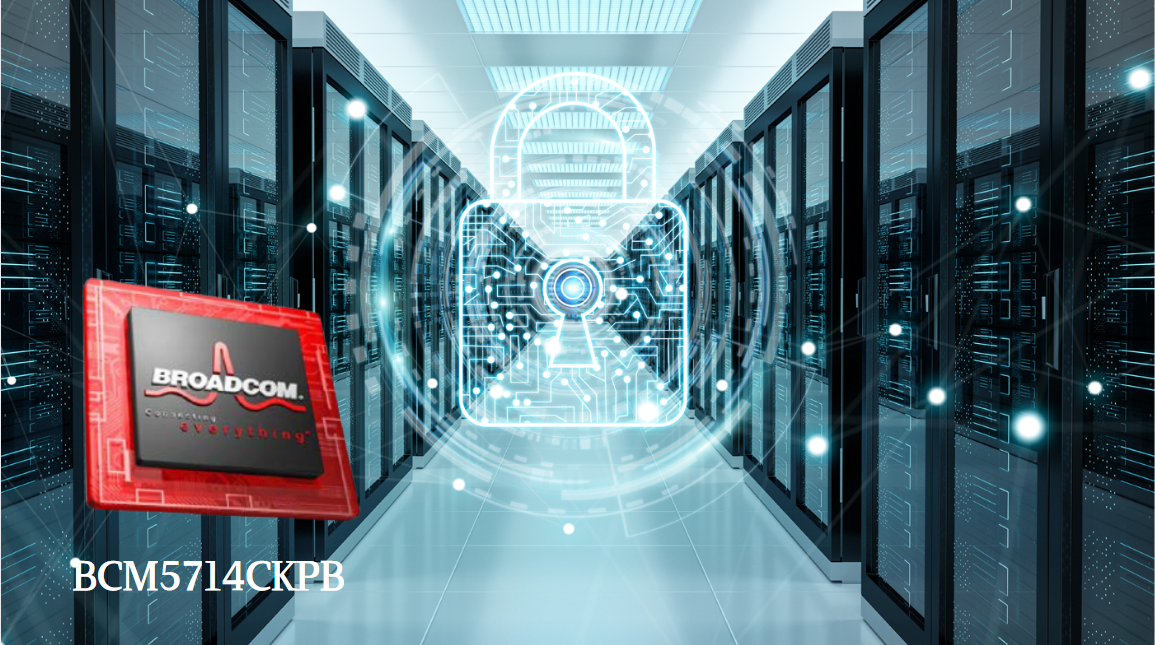
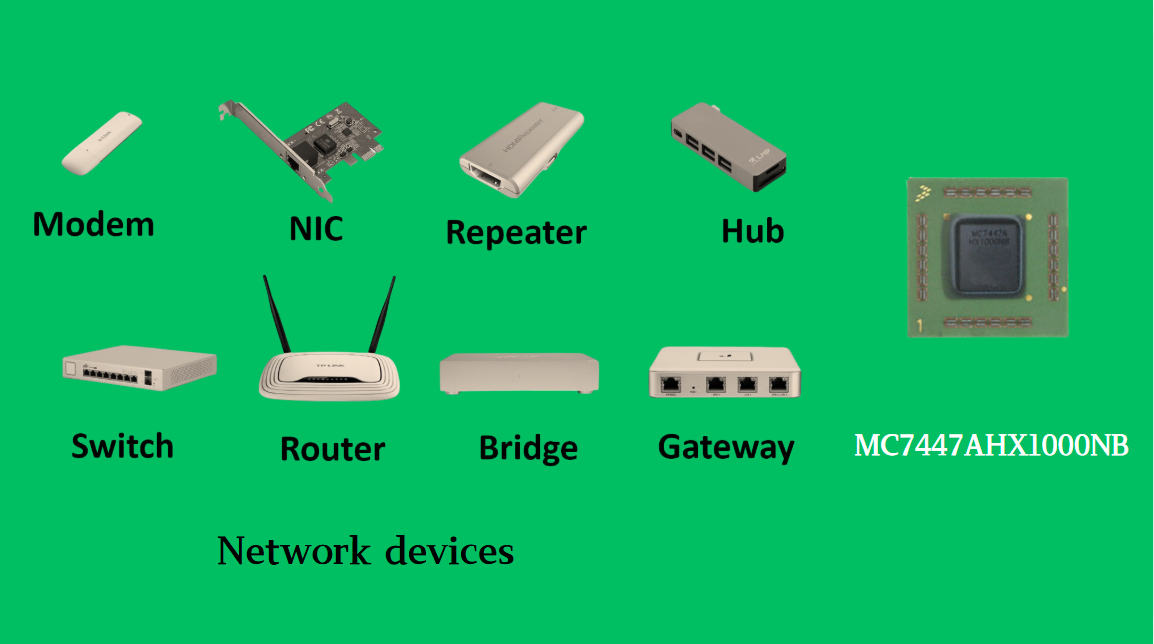








 Wishlist (0 Items)
Wishlist (0 Items)